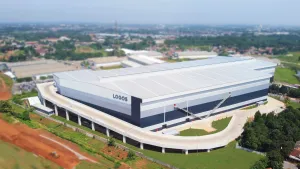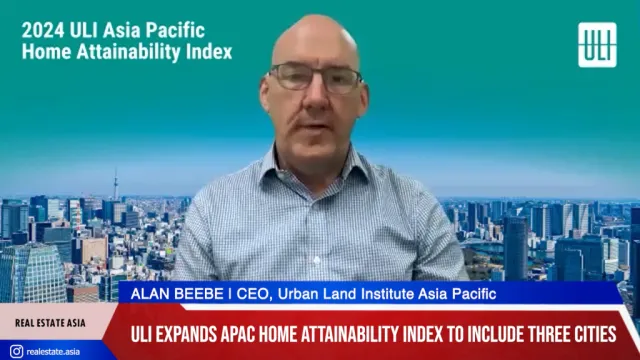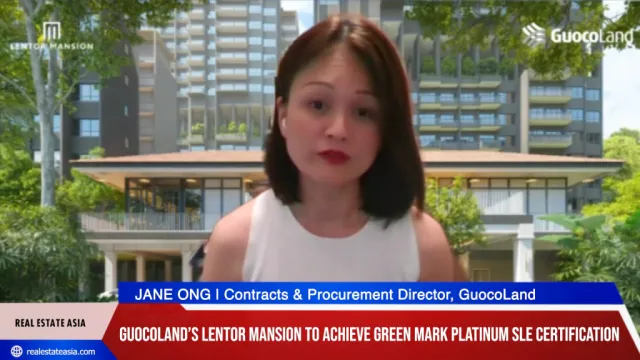
Japanese logistics rents up 14.5% since 2010
3PL and e-commerce industries are strong demand drivers.
The growing supply of modern, high-quality logistics facilities in Japan, as well as its more diverse developer and investor base have made it into a mature market whose popularity has rapidly increased based on the sector’s promising demand prospects.
Looking back at market trends over the past decade, Savills says annual volumes of new supply have been increasing yearly in Greater Tokyo. Although vacancy loosened between 2013 and 2016, it has tightened since then, even amidst the increasing supply added to the market in recent years. Rents have also grown by 14.5% since 2010, providing investors a boost of confidence.
Here’s more from Savills:
The drivers of demand are mainly the 3PL and e-commerce industries. 3PL companies in particular comprise a large portion of the tenant pool (for instance, 70% of GLP J-REIT and 40% of Nippon Prologis REIT’s portfolios), and major players such as Hitachi Transport System, Senko Group, and Nippon Express have expanded their logistics space over the past four years, consequently driving up demand. A closer look reveals that Senko Group increased its domestic logistics space by 22% from 3.2 million sq m in FY2016 to 3.9 million sq m in FY2020, and Nippon Express by 17% from 2.9 million sq m to 3.4 million sq m during the same period.
Elsewhere, while e-commerce players still make up a smaller portion of the tenant pool, they have been a significant beneficiary of increased online shopping amidst the pandemic and continue to contribute to the market growth. For instance, in 2021, Amazon has added two more fulfilment centres, Amazon Nagareyama Fulfilment Center and Amazon One Fulfilment Center, following the openings of four new fulfilment centres in 2020. Rakuten also added RFC Ichikawa IV and RFC Narashino in 2020, and RFC Chuo Rinkan in 2021.
Going forward, however, about 4 million sq m of new space is expected to be built in Greater Tokyo in 2022, continuing the large influx of supply. Currently, the market has maintained tight conditions, and has exhibited few signs of softening. However, comparing the overall warehouse stock in Tokyo between 2008 and 2018, it appears that although the demand for larger facilities has increased notably, the increment in overall intrinsic demand was less significant.
As such, newer and larger facilities have been filled up by some movements from smaller facilities. With the large number of modern, large-scale facilities already introduced to the market recently, the competition for tenants will likely become fiercer as more supply is added. When that happens, the logistics market may see a large correction.



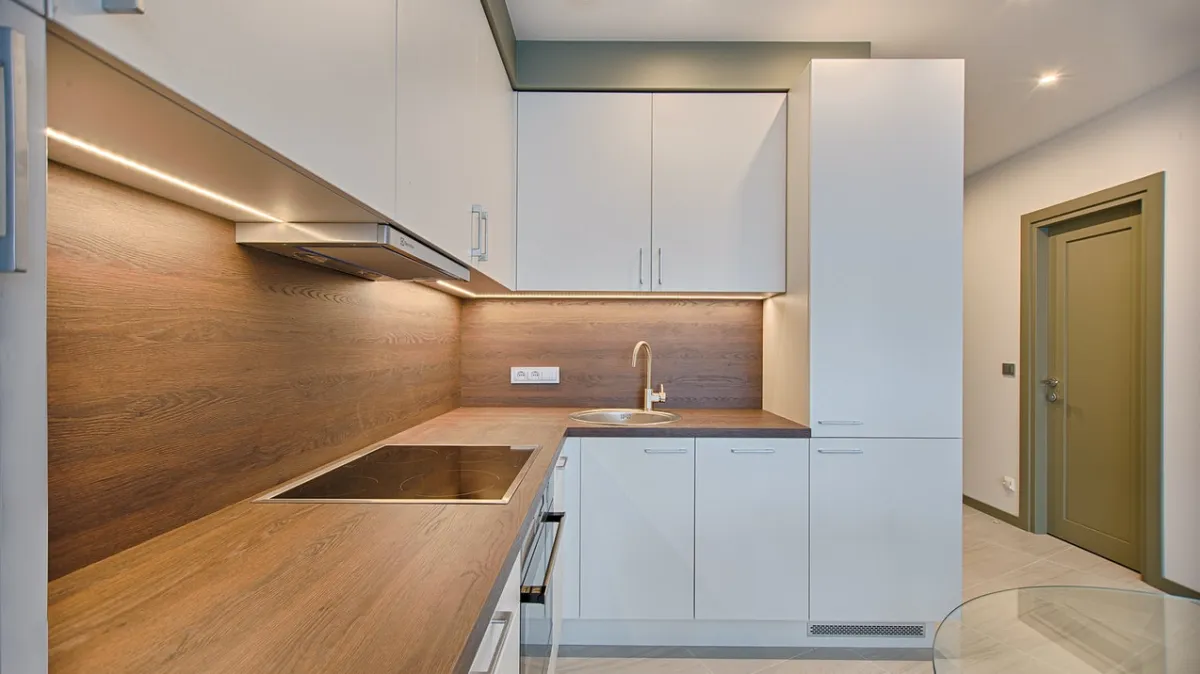

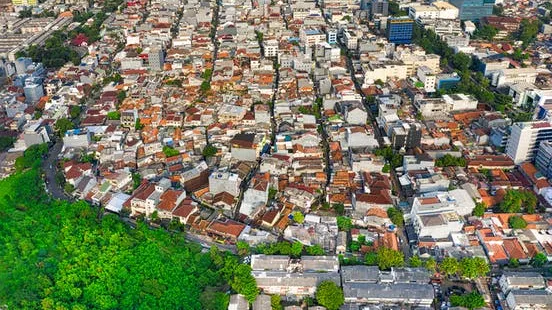
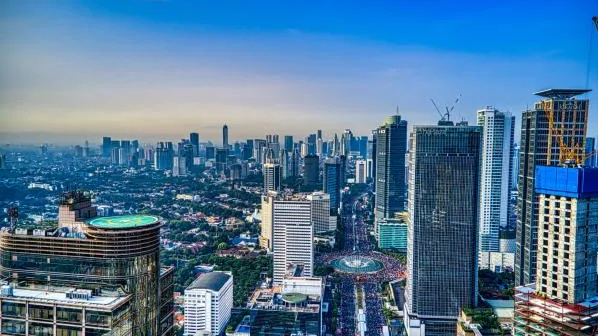
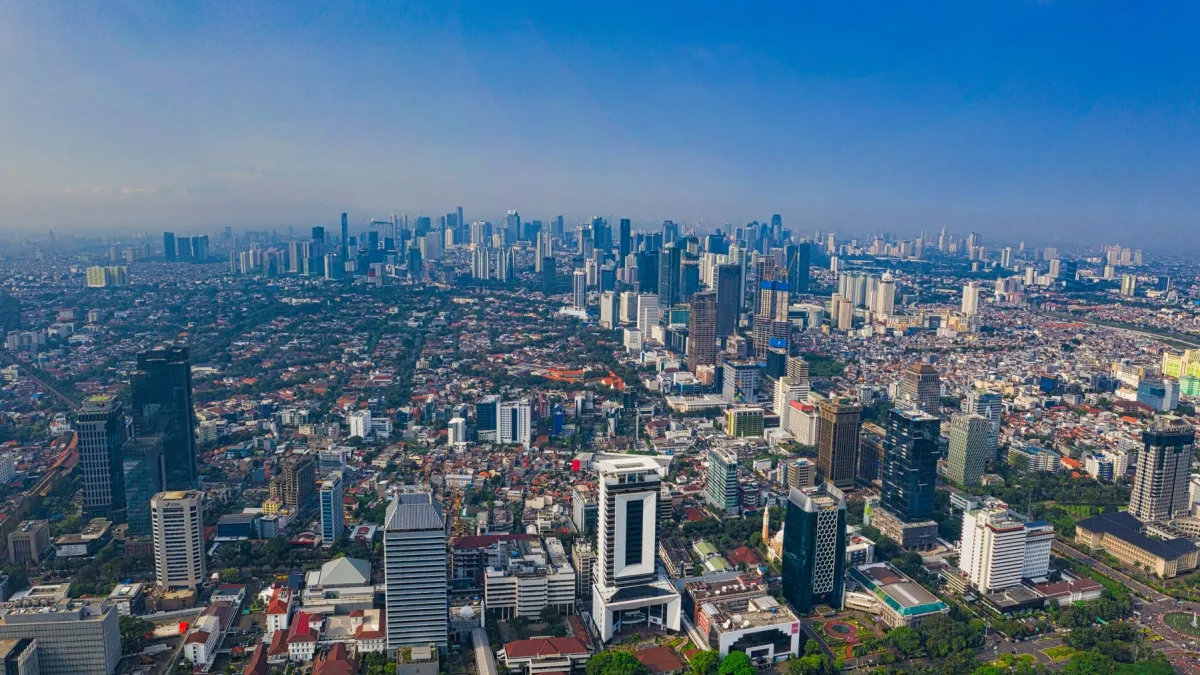
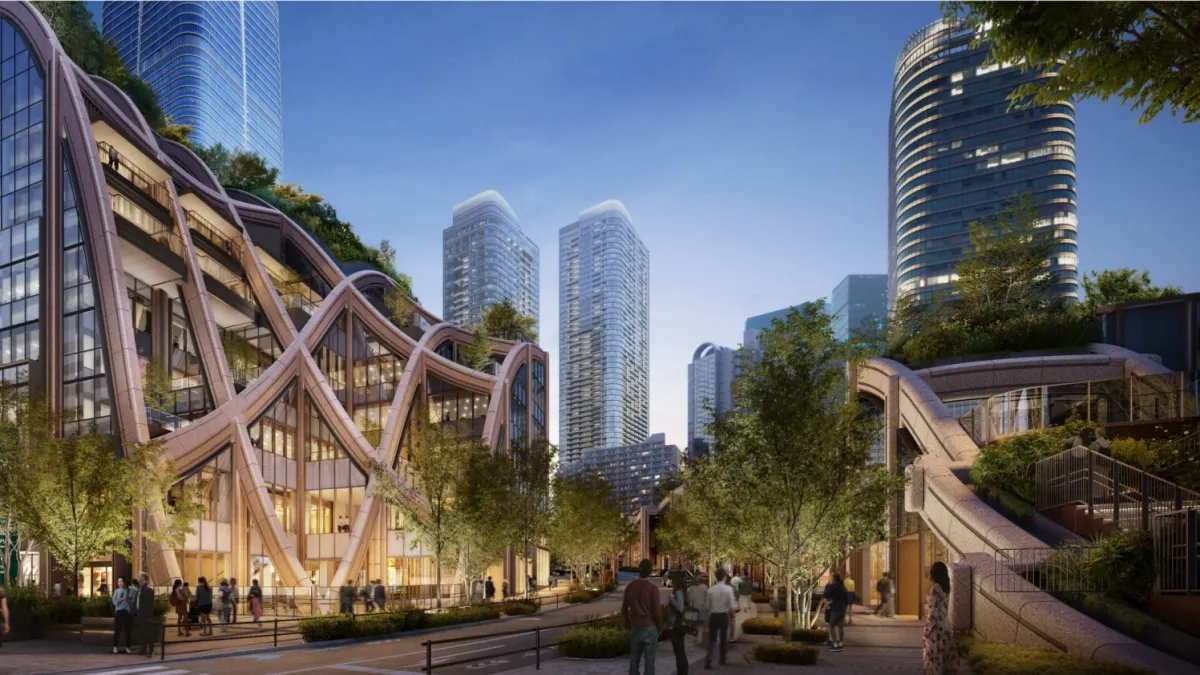
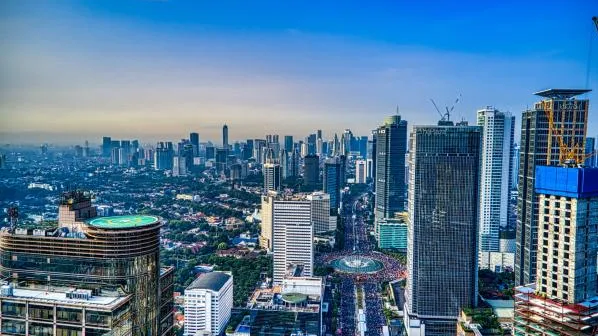


 Advertise
Advertise

